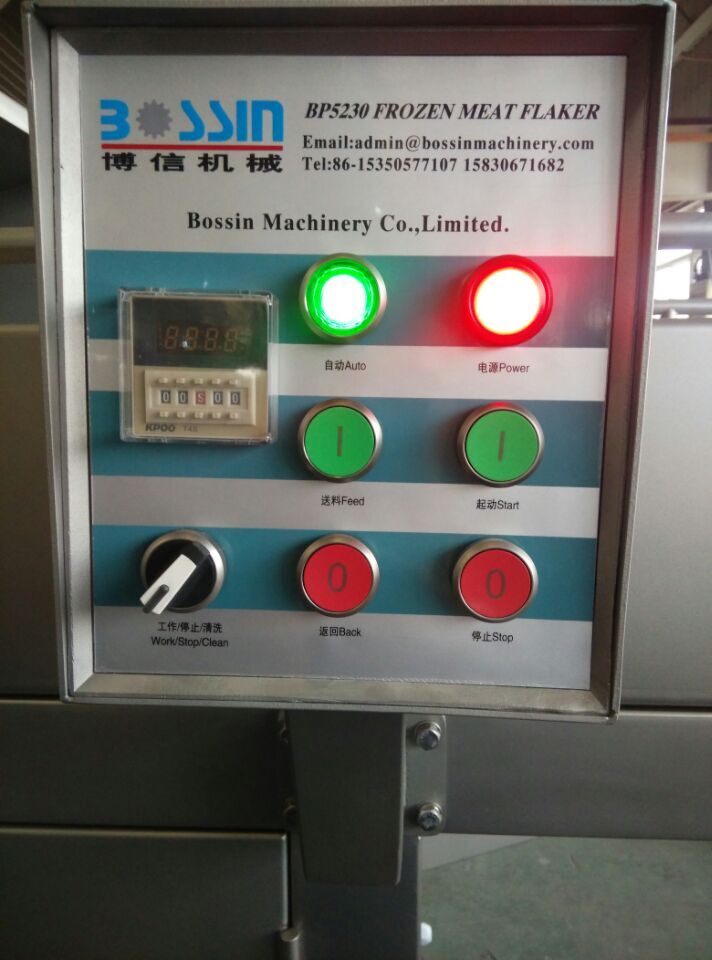
Avq . 31, 2024 17:30 Back to list
burger patty production line
The Burger Patty Production Line Efficiency from Start to Finish
In today’s fast-paced food industry, the production of burger patties is a vital operation that requires efficiency, consistency, and attention to detail
. The burger patty production line is an intricate process designed to meet the high demand for this popular food item while ensuring quality and safety standards are upheld.The journey of a burger patty begins with sourcing high-quality meat. This is typically ground beef, but variations such as turkey, chicken, or plant-based alternatives are also increasingly popular. The choice of meat significantly impacts the flavor and texture of the final product, so manufacturers often establish strong relationships with trusted suppliers to secure the best ingredients.
Once the meat is procured, it enters the production line where it undergoes a series of steps. The first stage involves grinding the meat to achieve the desired consistency. This process is critical because the grind size affects the mouthfeel of the patty. Some producers enhance their meat blends with seasonings, binders, or fillers at this point to cater to specific consumer preferences or to enhance nutritional profiles.
The next step in the production line is portioning. Automated machines are used to divide the ground meat into uniform weights, ensuring that each patty is consistent in size. This precision not only aids in cooking but also helps maintain a uniform appearance, which is important for branding and customer satisfaction.
burger patty production line

After portioning, the patties are shaped. This can be done using die-cutting machines that form each patty with the right thickness. Proper shaping is essential, as it affects cooking time and the final texture. As patties are formed, they are also marked with branding stamps or indentations that help them retain their shape during cooking.
Once shaped, the patties are either flash-frozen or refrigerated to maintain freshness and prolong shelf life. Freezing is particularly useful for large-scale production, allowing for distribution to restaurants and retailers without compromising quality. The freezing process requires meticulous temperature control to prevent freezer burn and preserve the flavor of the meat.
Throughout the entire production line, quality control measures are implemented. Samples from each batch are tested for texture, moisture content, and microbial safety. These checks are not only regulatory requirements but also crucial steps in maintaining customer trust and brand reputation.
Finally, the processed patties are packaged for distribution. The packaging not only serves to protect the patties but also often includes nutritional information, cooking instructions, and branding. Modern packaging technologies, such as vacuum sealing, help extend the shelf life of the patties while retaining freshness.
In conclusion, the burger patty production line is a sophisticated operation that combines technology and expertise. From selecting high-quality meat to quality control and packaging, each step is designed to ensure that the final product meets consumer expectations for taste, quality, and safety. As the demand for diverse burger options continues to grow, innovation within the production line will be key to meeting these evolving consumer needs.
Latest news
-
Pneumatic Clipping Machine - Shijiazhuang Bossin Machinery Equipment Co., Ltd. | Automated Sausage Production&Precision Cutting
NewsAug.10,2025
-
Great Wall DKJC Automatic Sausage Clipper Machine | High Efficiency
NewsAug.10,2025
-
Pneumatic Clipping Machine - Shijiazhuang Bossin Machinery | Sausage Production Line, Meat Processing Equipment
NewsAug.10,2025
-
Pneumatic Clipping Machine: Efficient Sausage Production Solution|Efficient Pneumatic Operation&Seamless Integration
NewsAug.09,2025
-
Pneumatic Clipping Machine - Shijiazhuang Bossin Machinery | Precision Cutting, Compact Design
NewsAug.09,2025
-
Pneumatic Clipping Machine-Shijiazhuang Bossin Machinery|Automated Clipping&Pneumatic Sausage Filling
NewsAug.09,2025